
Before open-concept everything and minimalist design took over, homes came with quirky, practical features that made them unique. Think about secret compartments and entire rooms dedicated to single purposes. These architectural gems have pretty much vanished from modern construction. Let’s take a nostalgic tour through these 10 vintage features that you’ll probably never see in a new home.
Milk Doors

Back when the milkman actually delivered fresh bottles to your doorstep, homes had these genius little pass-through doors. Usually built into the exterior wall near the kitchen, these small insulated compartments let the delivery guy drop off dairy products without anyone needing to answer the door. You’d just open the interior door and grab your milk.
Sleeping Porches
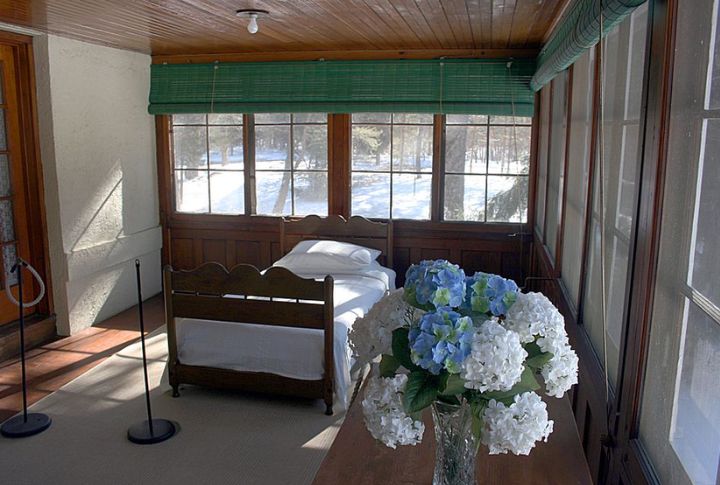
Summer nights before air conditioning meant one thing: sleeping outside. Homes came with screened-in porches specifically designed as outdoor bedrooms, complete with space for multiple beds. Families would haul their mattresses out there to catch the breeze and escape the stifling indoor heat. Central AC made these obsolete, and now they’re mostly just regular porches.
Built-In Telephone Nooks
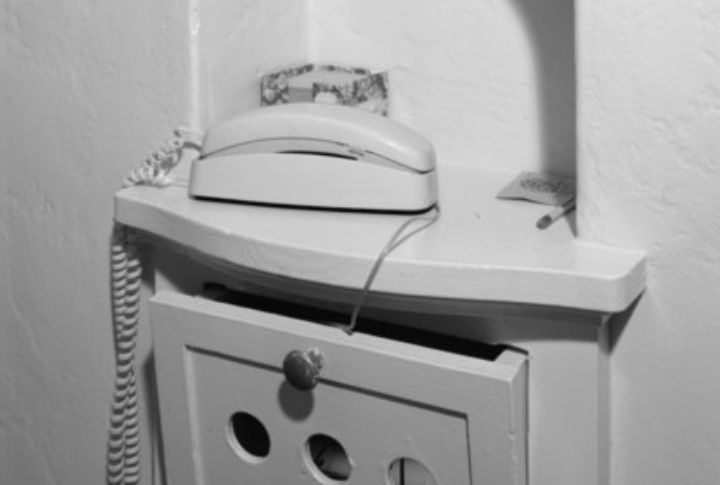
There was a dedicated alcove in the hallway with a little shelf and a seat, specifically designed for making phone calls. The cozy spot came with an outlet and sometimes even a built-in address book holder. You’d sit there with your corded phone, chatting away while the world passed by.
Root Cellars
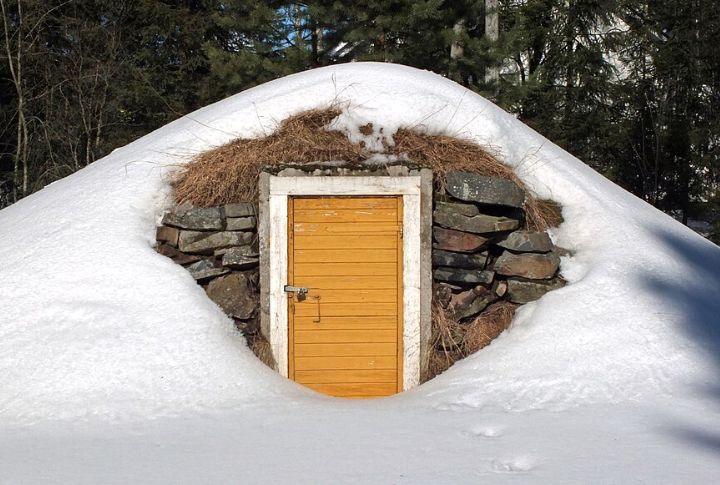
Before refrigeration technology, most homes had underground rooms for food storage. Those spaces were naturally cool and kept vegetables, fruits, and preserves fresh for months. The temperature and humidity stayed consistent year-round without electricity. Modern homes ditched those rooms for more square footage upstairs, even though they were basically free food storage.
Coal Chutes And Coal Rooms
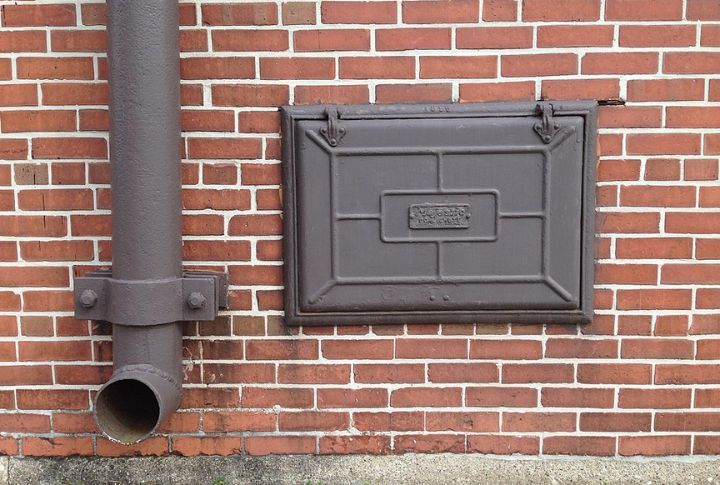
Here’s something wild—homes used to have special angled doors on the outside where coal delivery trucks could dump fuel directly into your basement. The coal would slide down a metal chute into a dedicated storage room, ready to feed your furnace all winter. Today, those coal chutes are either sealed up or converted into awkward basement windows.
Servant Call Buttons
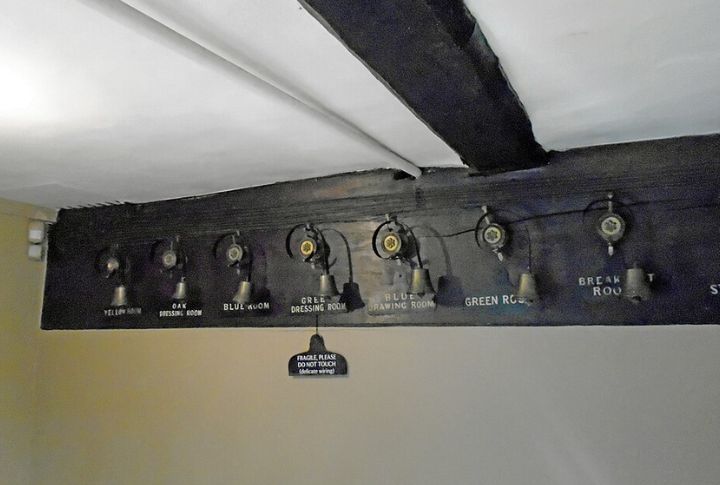
Fancy old homes had buttons installed in nearly every room that would ring bells in the kitchen or servants’ quarters. Push the button in the dining room, and someone downstairs knew you needed service. Each room had its own bell with a different tone or indicator. Most of these systems are long gone now.
Laundry Chutes
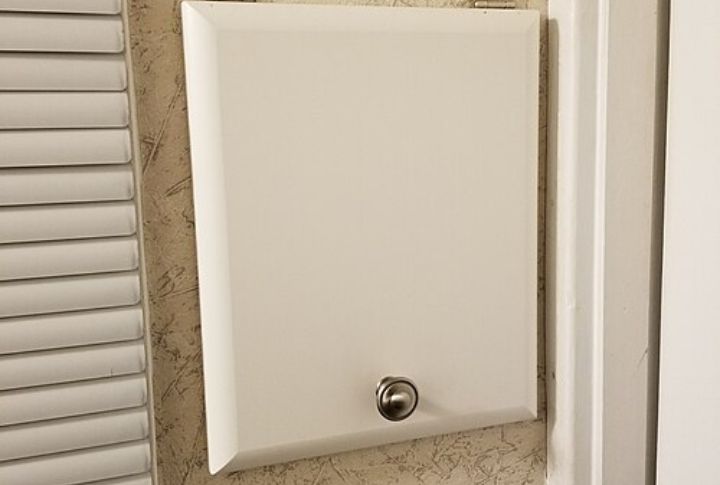
Why would you carry dirty clothes down two flights of stairs when gravity could do the work? Vintage homes had these brilliant hatches—usually in bathrooms or hallways—where you’d toss your laundry and it would drop straight down to the basement laundry room. Sure, kids definitely used them for fun, but they were incredibly practical.
Transom Windows
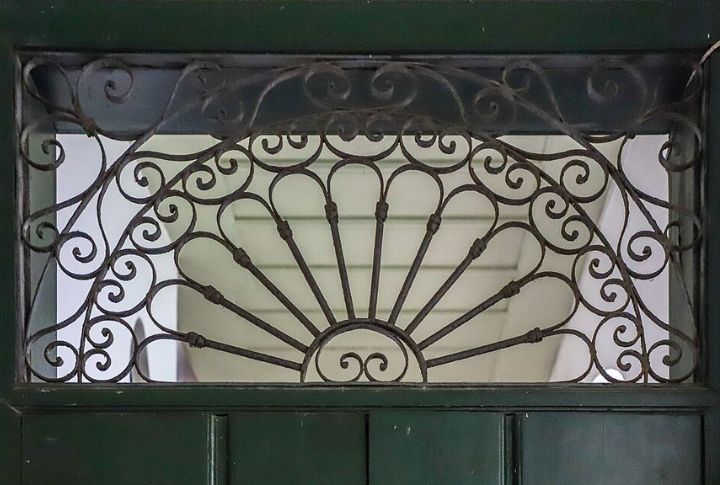
These small windows were mounted above doorways. They were the original ventilation system. Opening the transom allowed hot air to escape from rooms while maintaining privacy. That’s how air flow was maintained throughout the house before HVAC systems existed. Modern construction focuses on energy efficiency and sealed systems, so these elegant little windows disappeared.
Butler’s Pantries With Pass-Throughs
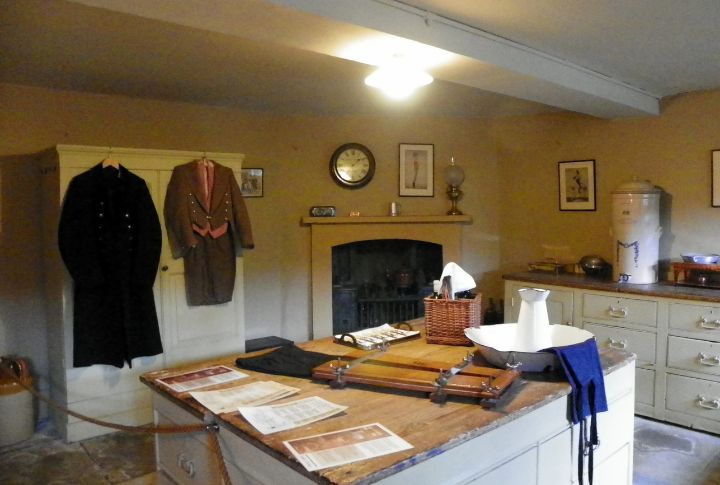
Between the kitchen and dining room, large homes had these transition spaces loaded with cabinets, counters, and serving areas. The best ones included pass-through windows or rotating shelves where you could hand dishes back and forth without walking around. It was like a backstage area for meal service. The news is, they’re making a comeback as “prep kitchens” in high-end homes.
Built-In Ironing Boards
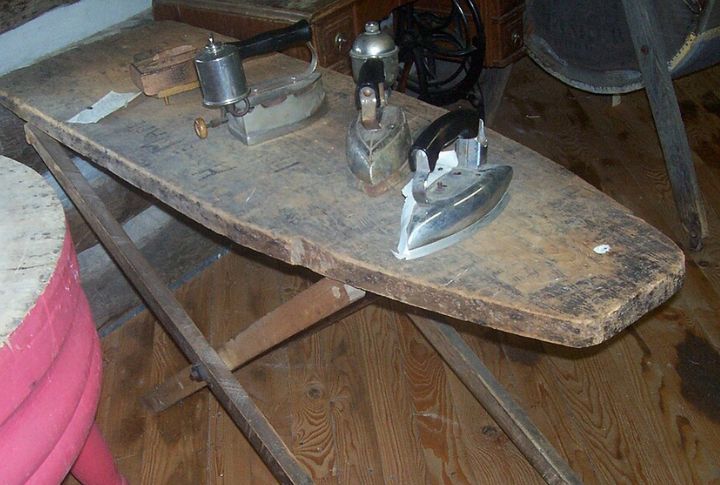
Hidden right in the wall, usually in the kitchen or hallway, was a fold-down ironing board that tucked away when you weren’t using it. You’d open a cabinet door, pull down the board, and boom—instant ironing station that didn’t take up any floor space. Some even had built-in electrical outlets and little shelves for your iron.

